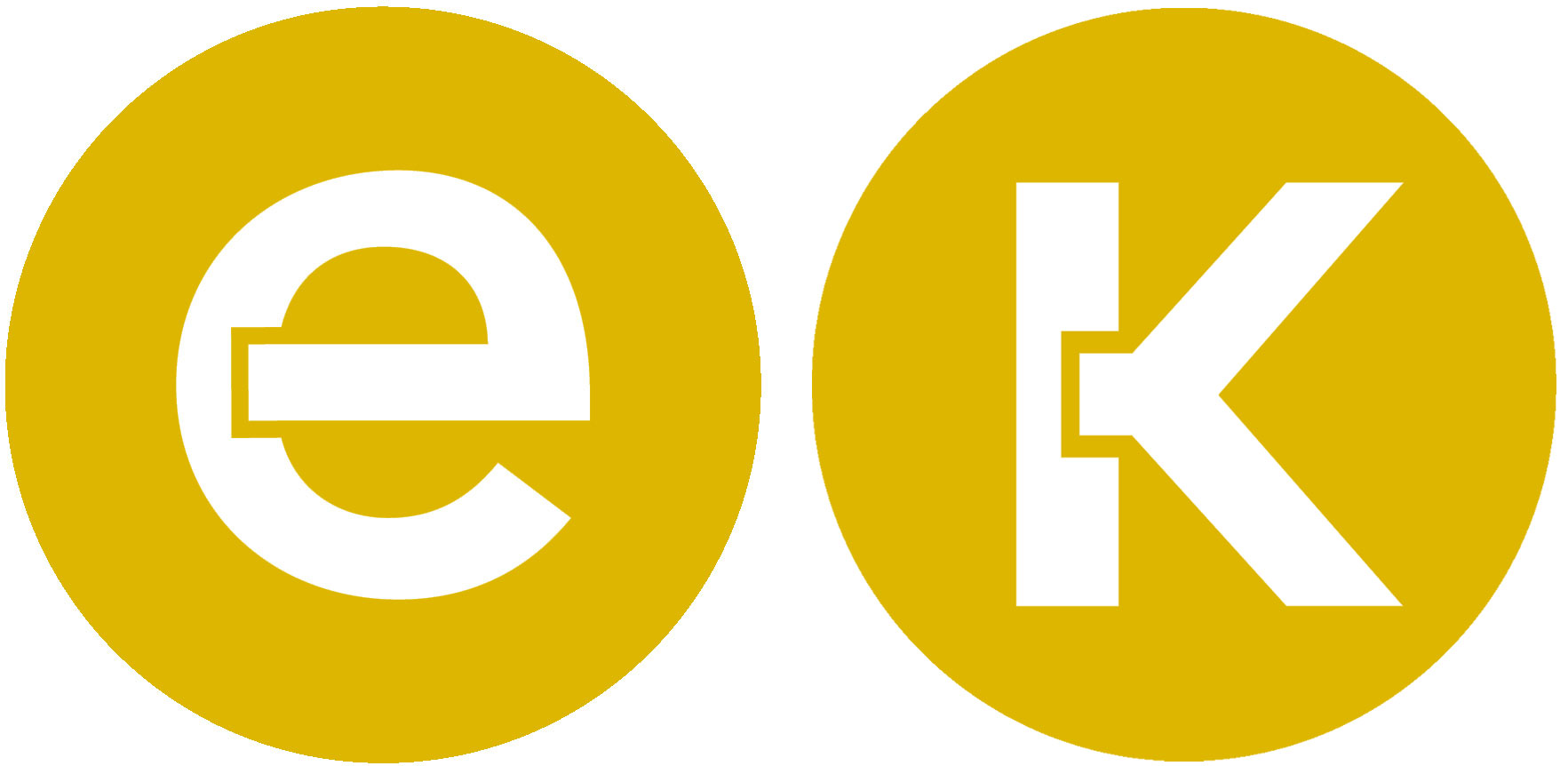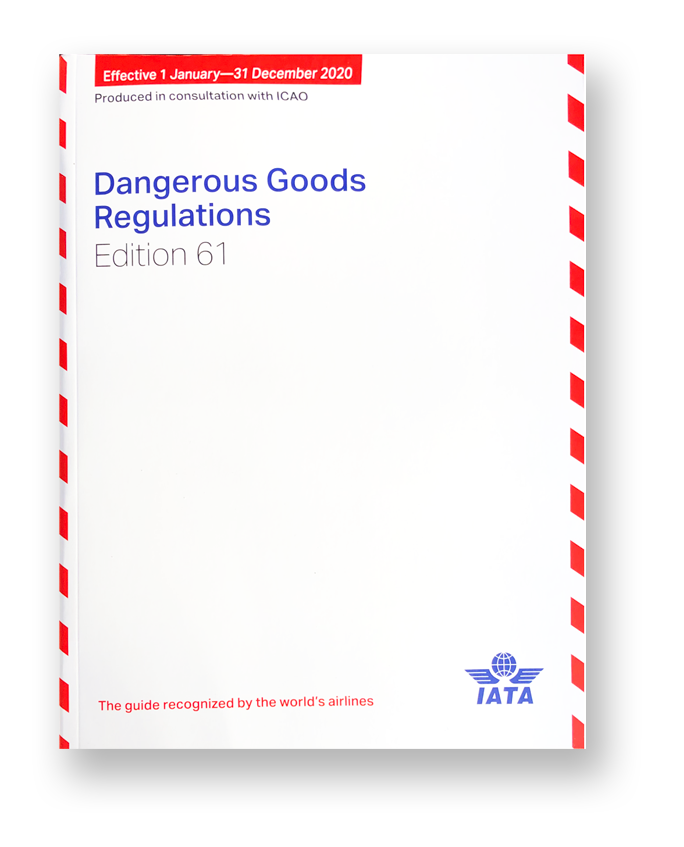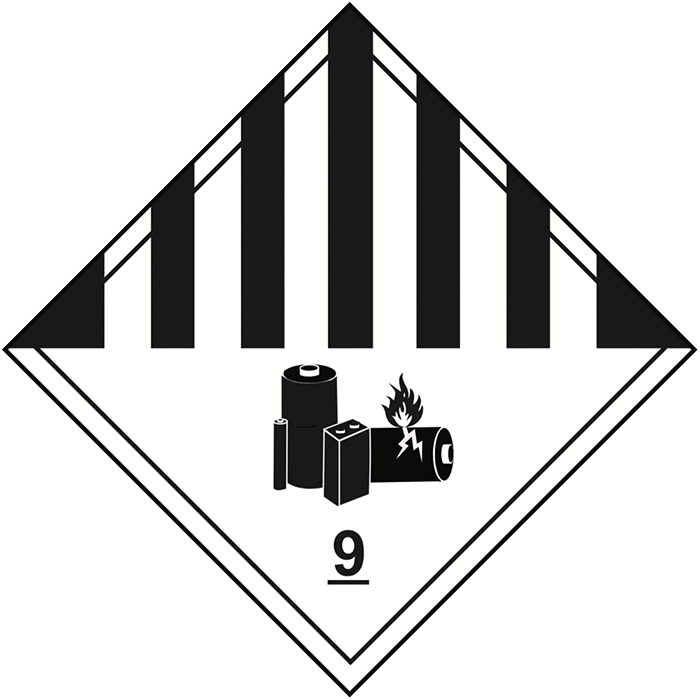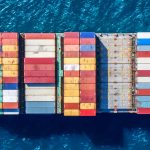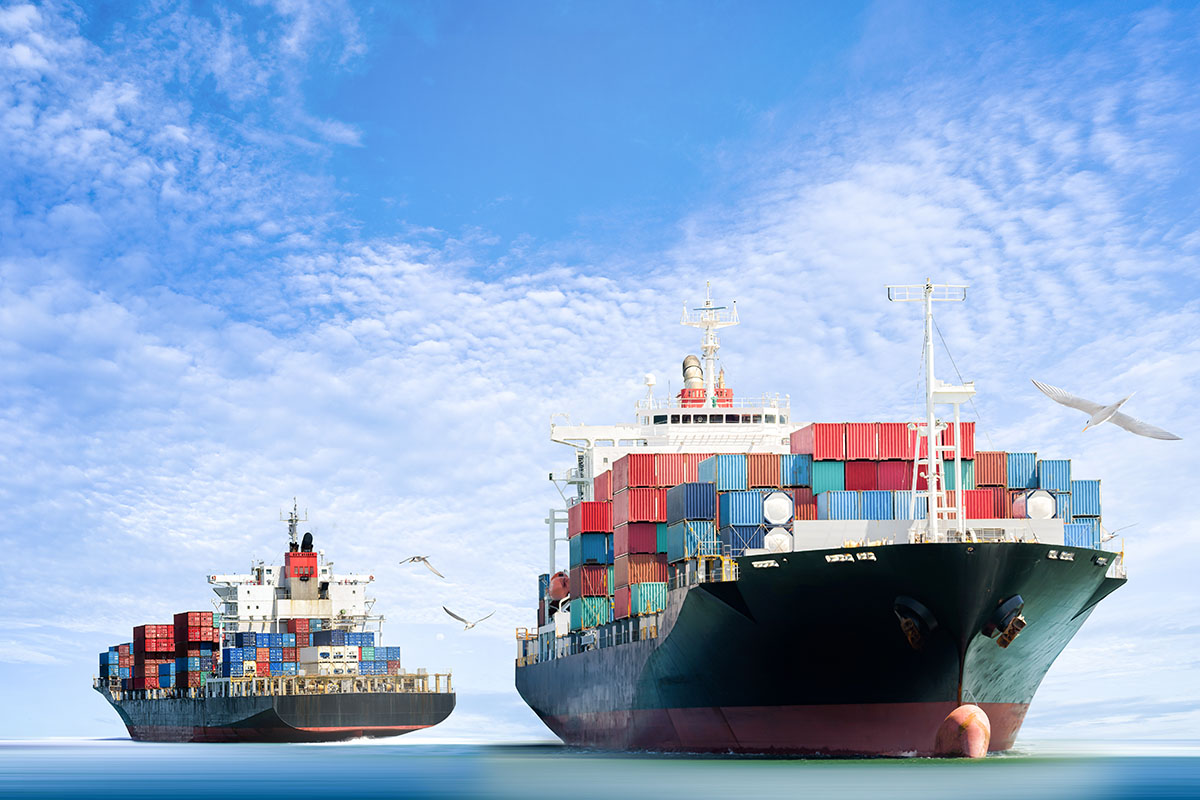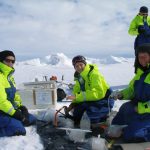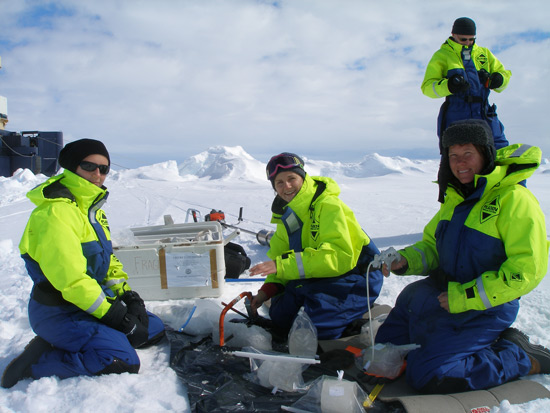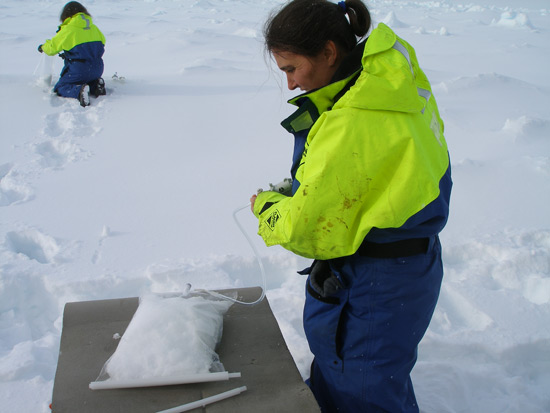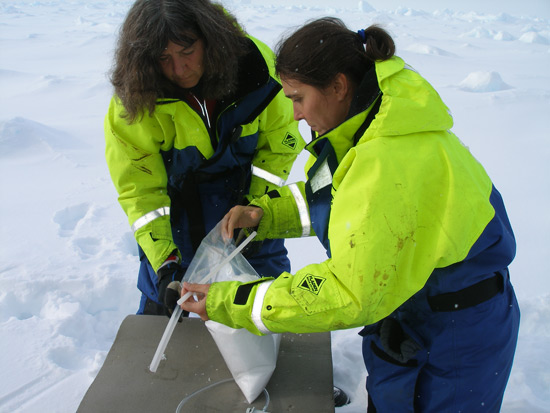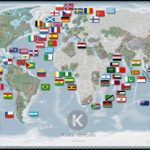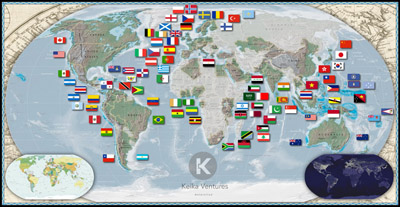Eduwhere would like to introduce to you a unique course offering: the RCRA & DOT Refresher. This refresher course includes a review of important regulatory information for both hazardous waste management and hazardous materials shipping to meet training requirements for both RCRA and DOT (40 CFR 262.16 (b)(9)(iii), 40 CFR 262.17(a)(7), and 49 CFR 172 Subpart H).
This course provides a hybrid format covering important topics in hazardous materials and wastes, covering the relevant laws and regulations, and functions as a guide to complying with those regulations. This includes how to recognize hazardous waste and manage and prepare it properly while on site and for transport and disposal, and how to keep records for compliance for RCRA, as well as a review of DOT’s shipping regulations, from identifying proper shipping names and hazard classes to preparing packages for shipment including necessary marks and labels and accompanying shipping papers.
We are pleased to offer this hybrid course for those who need training in both hazardous materials and hazardous wastes. If you have taken training previously, are familiar with the regulatory requirements and are looking for a fast-paced course to fulfill your recurrent training requirements with your experience in mind, consider Eduwhere’s RCRA & DOT Refresher course.
We also offer standalone training for both DOT and RCRA topics:
If you are looking to satisfy training requirements to sign hazardous waste manifests for off-site shipment, please consider:
